Hands-On with the Nextbit Robin
Jan 5, 2016, 10:50 PM by Eric M. Zeman
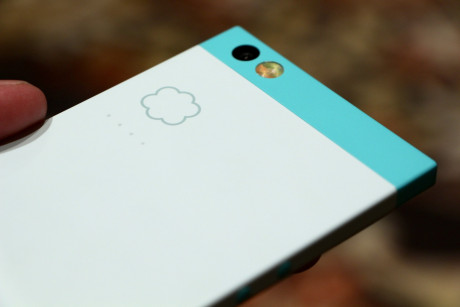
Nextbit announced the Robin last year, but the company is using CES 2016 to re-introduce the phone just ahead of its launch. This phone focuses on optimizing on-board storage using the cloud. The hardware was crafted by a former HTC designer, so some of its characteristics are rather familiar. Here are our first impressions.
The Robin is almost here! This cloud-focused phone will arrive just ahead of Spring. Nextbit has spent the fall and winter months fine-tuning the hardware and software and expects to launch the device to early backers of its Kickstarter campaign as soon as February.
This phone's concept is a novel one. The idea is to let the cloud manage storage both on and off the device. The software can dynamically offload files and even applications in order to free up space on the hardware. Apps that have been offloaded are grayed out, but can be restored quickly with settings and account data intact — as long as you have a network connection. More about this in a bit.
The Robin was designed by Scott Croyle, the chief architect behind the HTC One M7 and One M8 smartphones. His design aesthetic is apparent. Like the M8, the Robin has stereo speakers on the front (BoomSound, anyone?) and is balanced in terms of design symmetry. Green plastic caps form the top and bottom edges of the phone and this is where the radios are located. The caps are black on the black version. The rest of the handset is a pale metallic shade that I rather like. It's an interesting set of colors and the combination works really well.
It's got an very box-like shape. It's a rectangular slab with sharp corners all the way around that form flat edges. It's a bit oblong, thanks to the room needed to house the stereo speakers. It is thin, lightweight, and easy to hold and use. I didn't have any trouble stuffing into a pocket, but the sharp corners may bug some people.
The phone's front is dominated by a 5.2-inch HD screen. It looks nice, though I wish it were brighter. Pixel density is fine and viewing angles are solid. There are no physical buttons on the front. I am not sold on the circular speaker grilles. I get how they offset the rectangular shape, but they still look a bit odd.
Two small nubs located on the left edge stand is as the up and down volume buttons. These two keys are easy to find and use and have decent travel and feedback. The screen lock key, located on the right edge, is pretty bad. It is recessed too far into the frame and is hard to locate and use. Nextbit said this are preproduction units, though they were made on the actual assembly line. The SIM card slot is also on the right edge.
Nextbit was smart to go with the USB Type-C connector, which is tucked into the bottom edge. There's also an indicator light on the bottom edge, which Nextbit reasons will be visible whether the phone is placed face down or not. The stereo headphone jack is on top.
On the back surface (which is sealed up, by the way) you'll see a little drawing of a cloud. Under the cloud are four little lights. These lights pulse on and off when the Robin is talking to the cloud. Cute.
Android 6.0 Marshmallow is the core platform, but Nexbit had to do some work to get the cloud storage magic to happen. There's a light skin on the icons and fonts, but it isn't overly intrusive.
Next demonstrated what happens when apps are offloaded and restored. It takes a minute or two, depending on your network connection and the size of the app. Once apps are restored, they are exactly as they were before they were offloaded. The software is smart enough to let you choose which apps can and cannot be offloaded, and what types of files can and cannot be moved to the cloud.
The raw hardware has 32 GB of storage, but that's not the way NextBit sees it. It is telling buyers of the phone that it has 100GB of storage — 32 on the phone and 68 in the cloud.
The Snapdragon 808 processor seemed speedy under the hood even though the software isn't final yet. I didn't see any obvious bugs.
Who is this phone for? Well, if you trust the cloud and don't mind relying on it to keep your files safe, the Robin's appeal is compelling.
It is priced at $400.
Comments
No messages


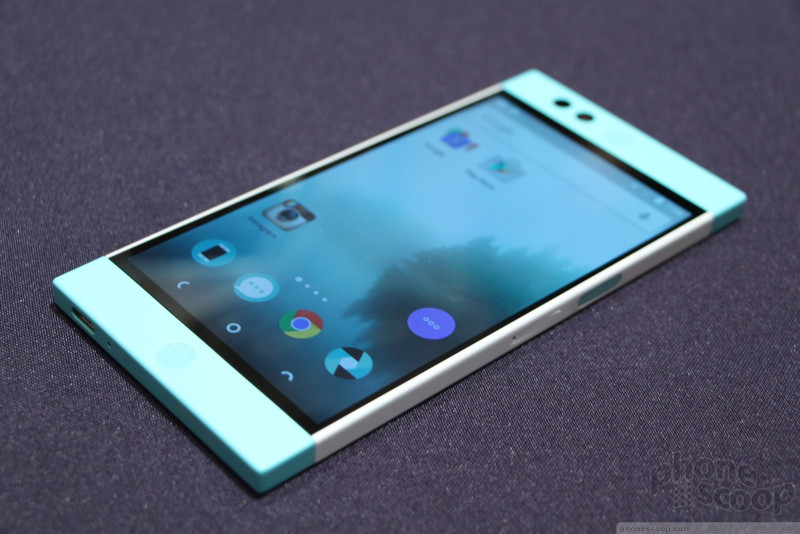











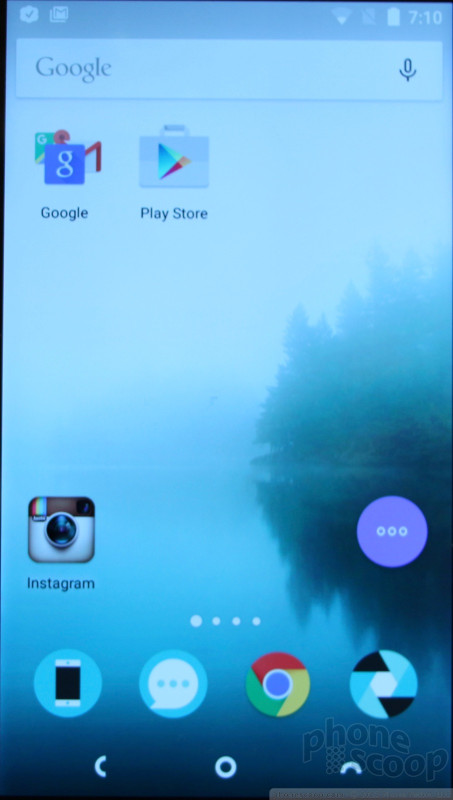







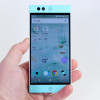 Review: Nextbit Robin
Review: Nextbit Robin
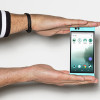 Nextbit to Shut Down Cloud Storage On March 1
Nextbit to Shut Down Cloud Storage On March 1
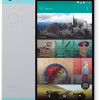 Nextbit Ends Support for Its Robin Smartphone Today
Nextbit Ends Support for Its Robin Smartphone Today
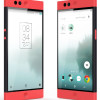 Nextbit Adds Ember to Robin Roster, Video Backups to OS
Nextbit Adds Ember to Robin Roster, Video Backups to OS
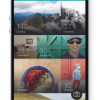 Amazon to Sell Nextbit Robin for $299
Amazon to Sell Nextbit Robin for $299
 Nextbit Robin
Nextbit Robin






